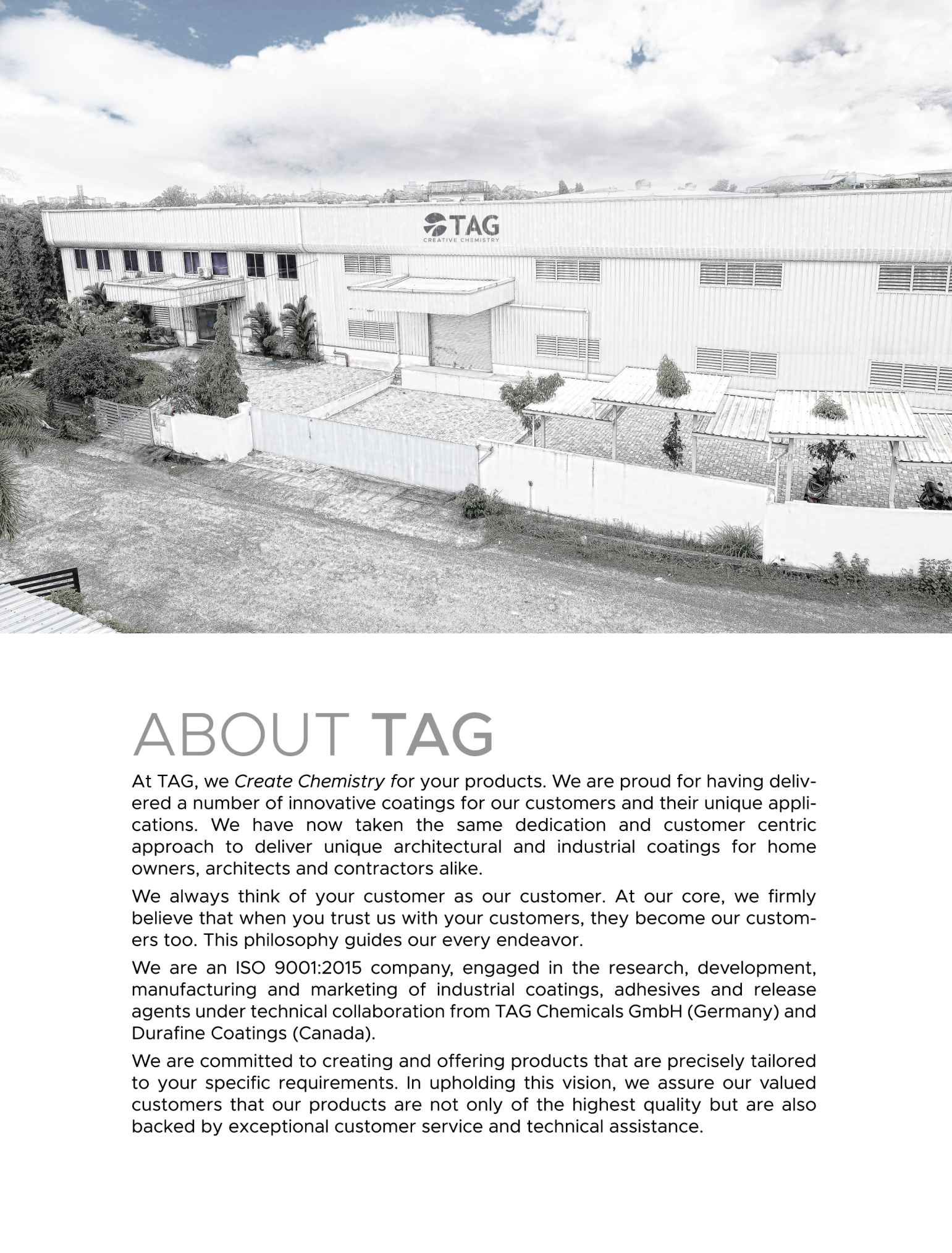
Work from Home or Return to Office
- जनवरी 3, 2022
- 0
As most working people suffered salary losses and professional precarity, and tried to thread the needle of “work-life balance” while being trapped at home, tech companies across the world were celebrating “the new normal”. Now, the biggest IT giants in the world- who saw their profits soar in the last two years as the demand for digital products and services soared – are facing a bit of an HR problem. It turns out that there is no normal any more when it comes to workplaces. And since Silicon Valley set the template for work-from-home during the early days of the Covid-19 pandemic, how it deals with return-to-office will be closely watched.
While many companies have decided to postpone return to office until next year, others-including Zoom- are trying to come up with some sort of hybrid model. After all for the longest time, tech companies promoted the idea that innovation was significantly accelerated by informal interactions in professional settings. This is why the offices of Google and facebook provide recreational activities for their employees. Unfortunately, two years on, most workers have gotten used to the rhythm of working from home and the old theory of “office breeds innovation” has fewer and fewer takers.
The problem, really, is this: the new normal has indeed become normal. Struggling through domesticity while trying to be professional certainly took a toll and now that the challenge has been overcome, the long commutes to work don’t look all that inviting work spaces – electricity, canteens, etc-to the worker. Why, then, many are asking, should they return to work, especially given the fear around the omicron variant? Some sociologists have a cynical answer: it’s the managers who need workers, not the other way around. After all, if the office is empty, what’s the point of being the boss?
घर से काम या कार्यस्थलों पर वापसी
जब अधिकांश कामकाजी लोगों ने वेतन की हानि और पेशेवर अनिश्चितता का सामना किया और घर में फंसकर कार्य-जीवन को संतुलन की सुई में पिरोने की कोशिश की तब दुनिया भर की तकनीकी कंपनियां ‘‘नए सामान्य जीवन‘‘ का जश्न मना रही थीं। अब, दुनिया के सबसे बड़े आईटी दिग्गज- जिन्होंने पिछले दो वर्षों में डिजिटल उत्पादों और सेवाओं की मांग बढ़ने के साथ-साथ अपने मुनाफे में बढ़ोतरी देखी है – को एचआर समस्या का सामना करना पड़ रहा है। यह पता चला है कि जब कार्यस्थलों पर काम करने की बात आती है तो कोई सामान्य नहीं रह जाता है। और चूंकि सिलिकॉन वैली ने कोविड -19 महामारी के शुरुआती दिनों में घर से काम करने का खाका तैयार किया है, इसलिए यह रिटर्न-टू-ऑफिस से कैसे निपटता है, इस पर बारीकी से देखा जाएगा।
जबकि कई कंपनियों ने अगले साल तक कार्यालय में वापसी स्थगित करने का फैसला किया है, इसके अलावा जूम और अन्य हाइब्रिड मॉडल के साथ आने की कोशिश कर रहे हैं। आखिरकार लंबे समय के बाद, तकनीकी कंपनियों ने इस विचार को बढ़ावा दिया कि प्रोमोशन सेटिंग्स में अनौपचारिक बातचीत से इनोवेशन में काफी तेजी आई है। यही कारण है कि Google और Facebook के कार्यालय अपने कर्मचारियों के लिए मनोरंजक गतिविधियाँ प्रदान करते हैं। दुर्भाग्य से, दो साल बाद, अधिकांश श्रमिकों को घर से काम करने की लय की आदत हो गई है और ‘‘ऑफिस ब्रीड्स इनोवेशन‘‘ के पुराने सिद्धांत में बहुत कम लोग रह गए हैं।
वास्तव में समस्या यह है कि ‘नया सामान्य’ वास्तव में सामान्य हो गया है। पेशेवर बनने की कोशिश करते हुए घरेलू संघर्ष ने निश्चित रूप से एक टोल लिया और अब जब चुनौती दूर हो गई है, तो काम करने के लिए लंबे समय तक काम करने के लिए काम करने वाले स्थानों – बिजली, कैंटीन, आदि को आमंत्रित करने वाले सभी काम नहीं लगते हैं। फिर, कई लोग पूछ रहे हैं कि क्या उन्हें काम पर वापस लौटना चाहिए, खासकर ओमीक्रोन वेरिएंट के डर को देखते हुए? कुछ समाजशास्त्रियों के पास एक सनकी जवाब हैः प्रबंधकों को श्रमिकों की आवश्यकता होती है, न कि दूसरी तरफ। आखिर ऑफिस खाली है तो बॉस होने की क्या बात है?

































































